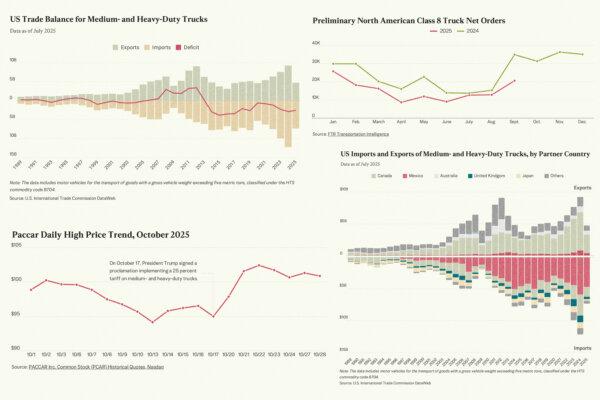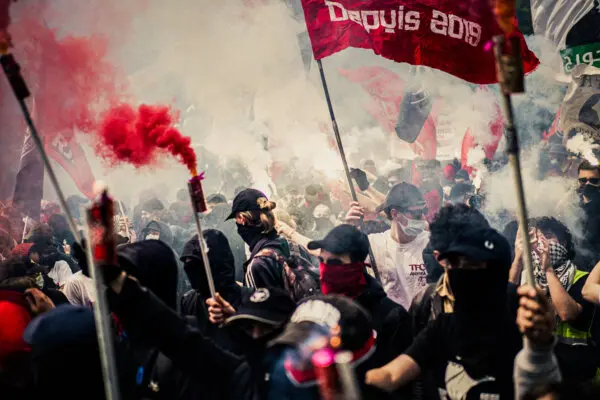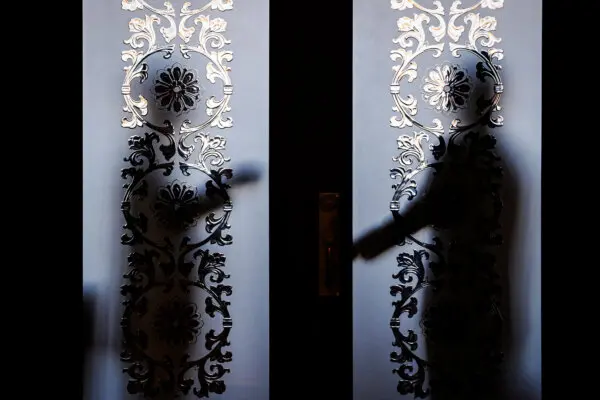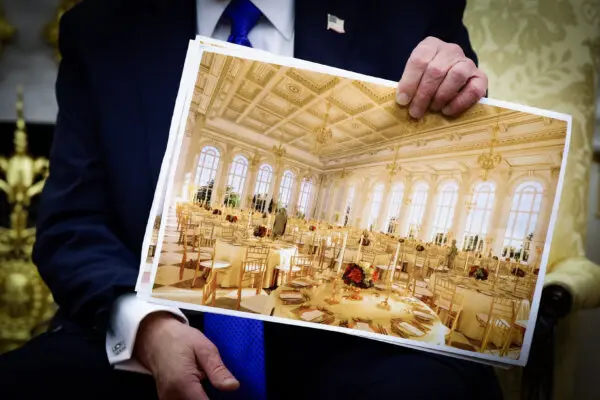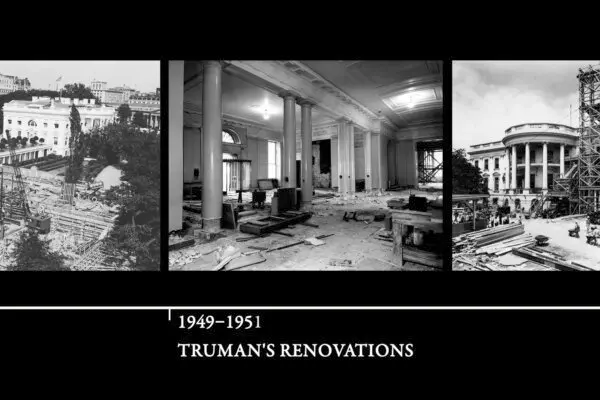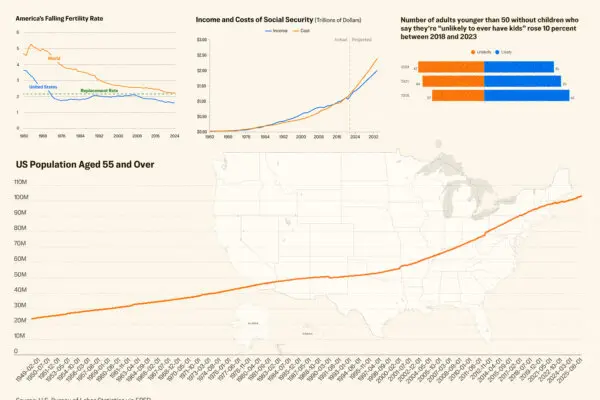The Notre-Dame Cathedral in Paris will reopen on Dec. 8, 2024, the traditional day for honoring the Immaculate Conception of the Blessed Virgin Mary. This is a fitting day since the cathedral is dedicated to the Blessed Virgin Mary (“Notre Dame” means “Our Lady” in French). This magnificent Gothic structure—one of the most famous churches in the world—is about to emerge like a butterfly from its chrysalis of reconstruction following a devastating fire in 2019.
Notre-Dame is linked to the soul of France, standing as a symbol of the country’s religious and political life through the centuries. It marks the heart of France both literally and figuratively: A plaque outside the cathedral indicates that it’s the point from which all roads in France begin.

